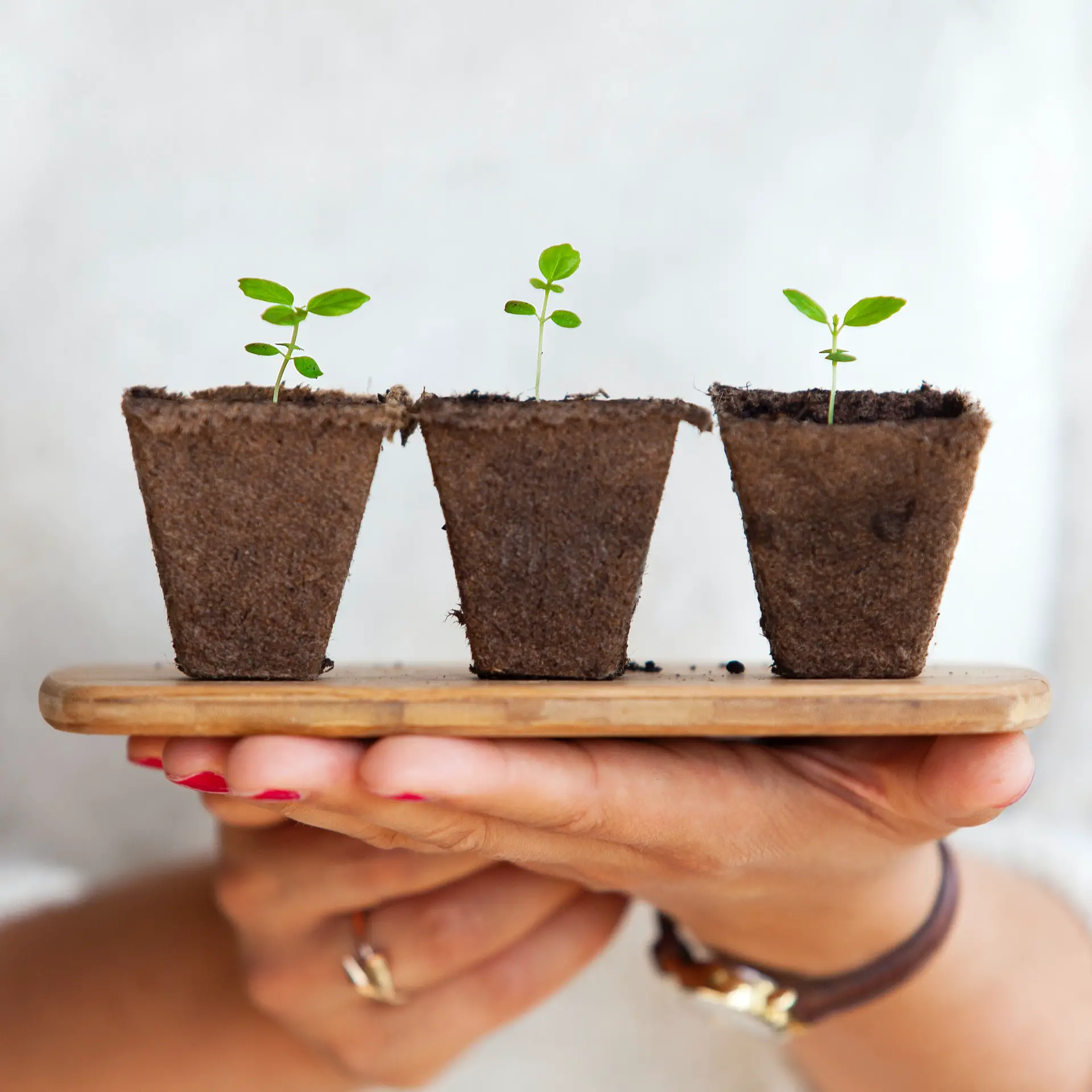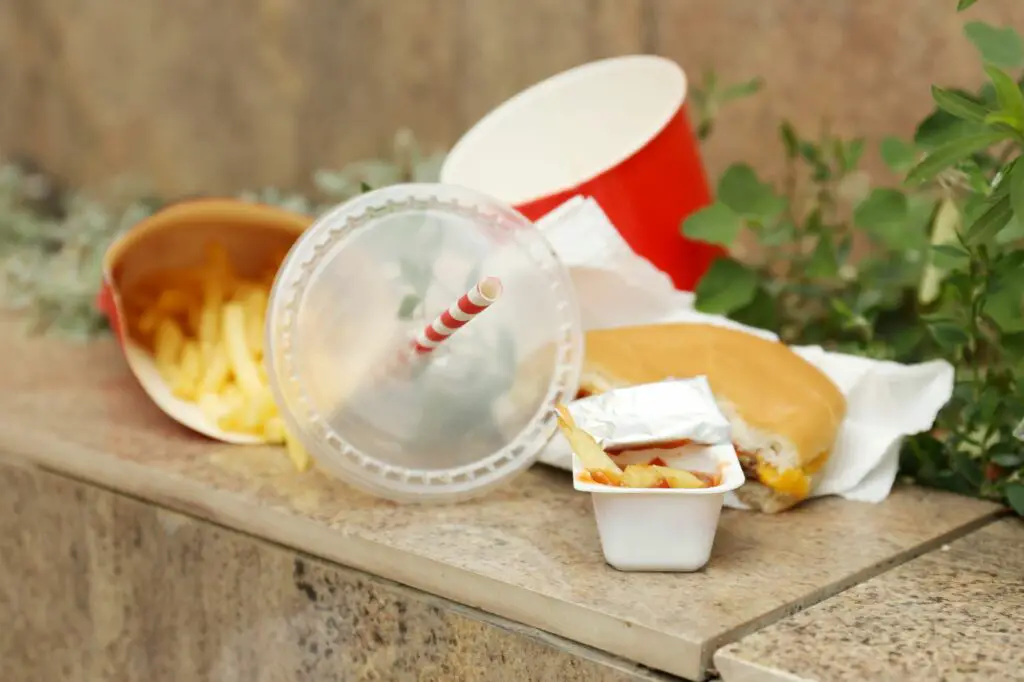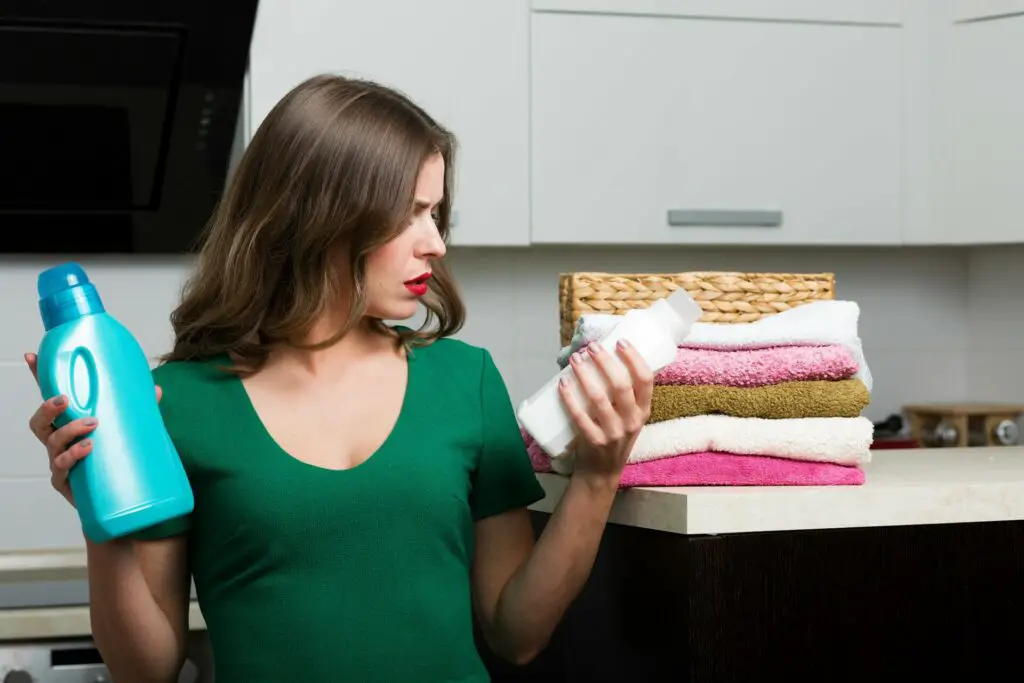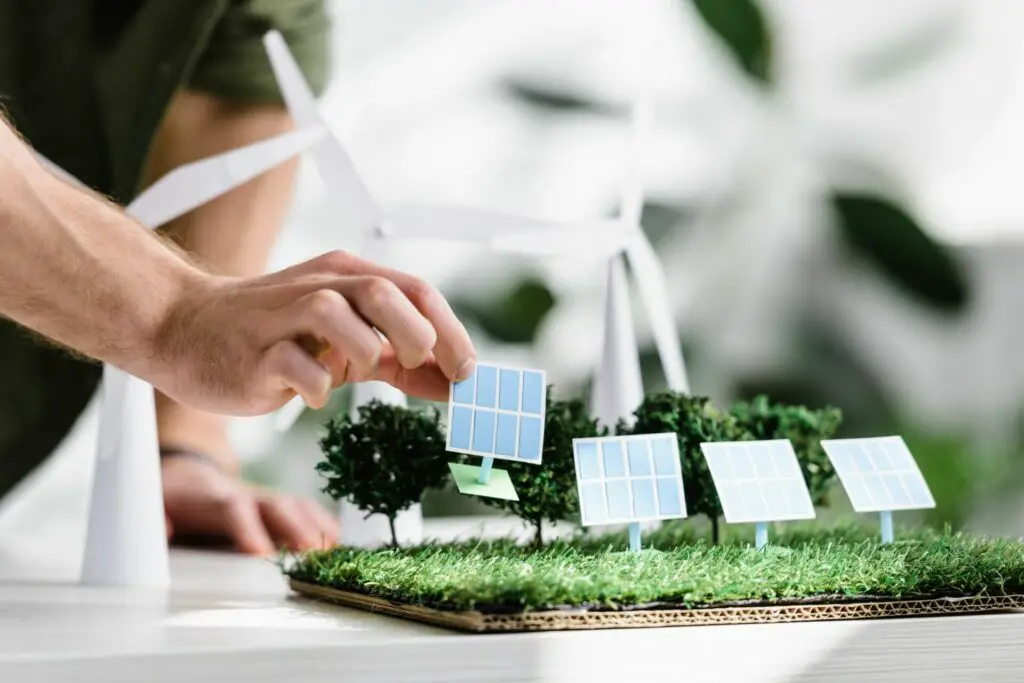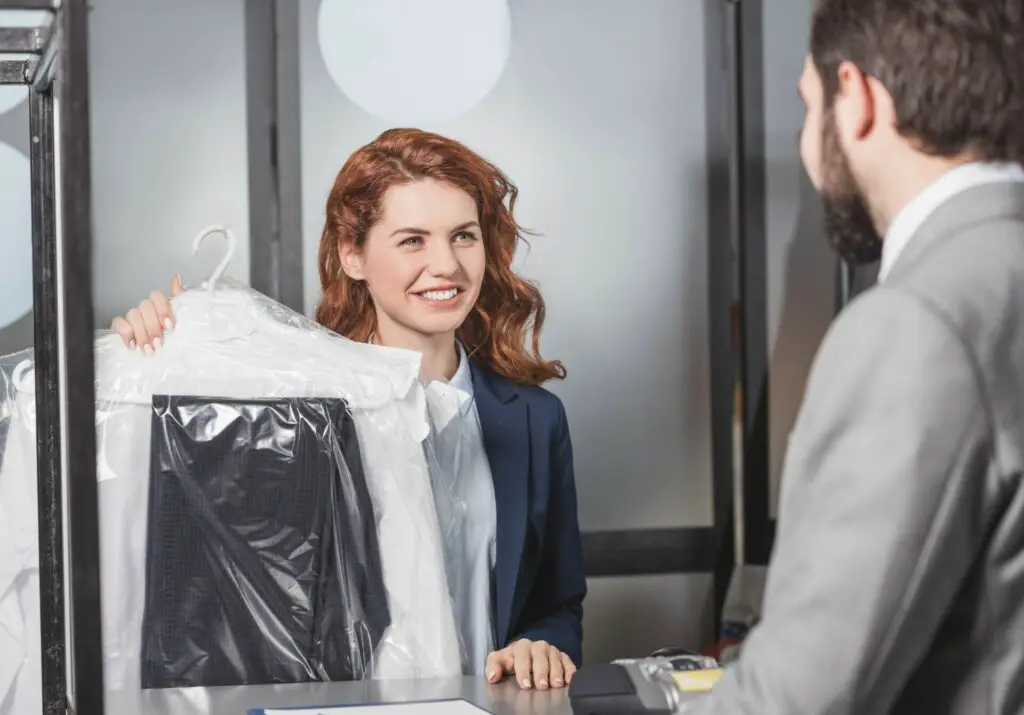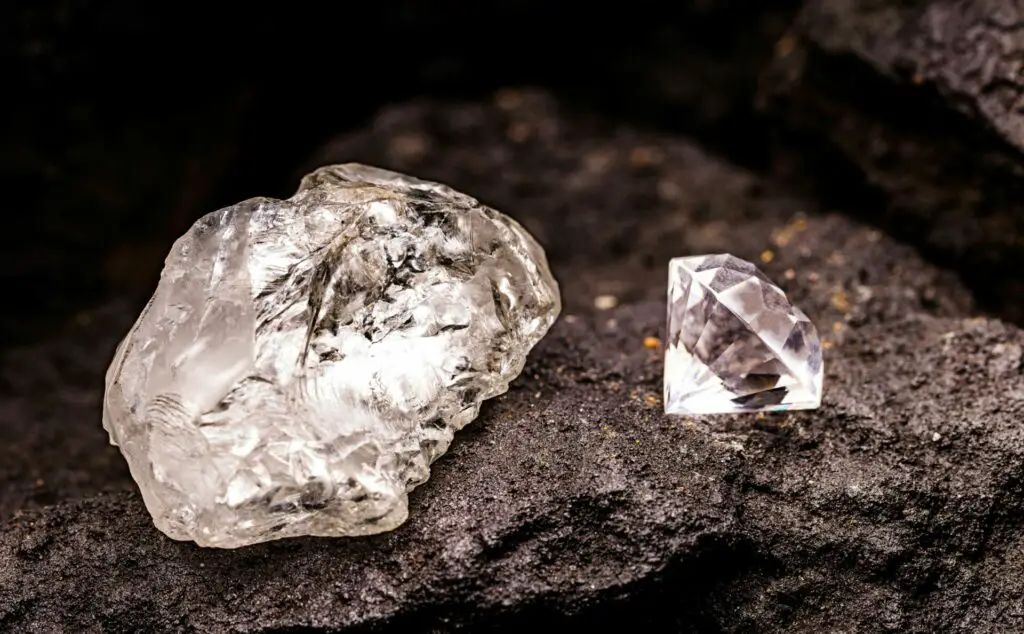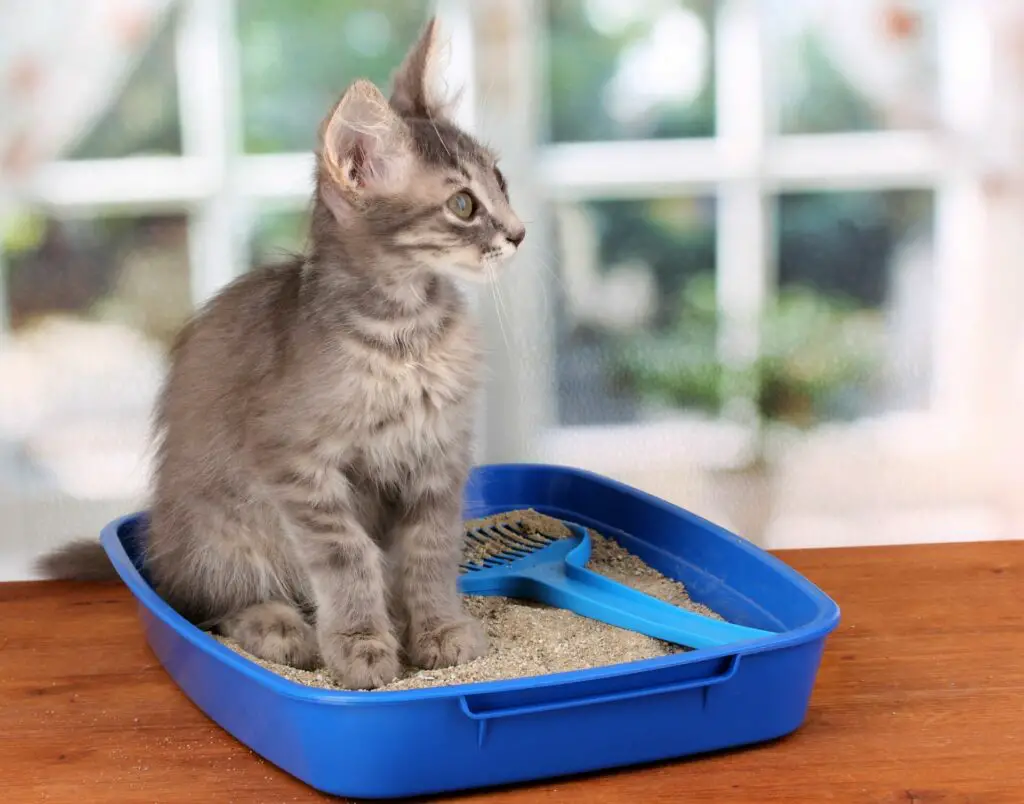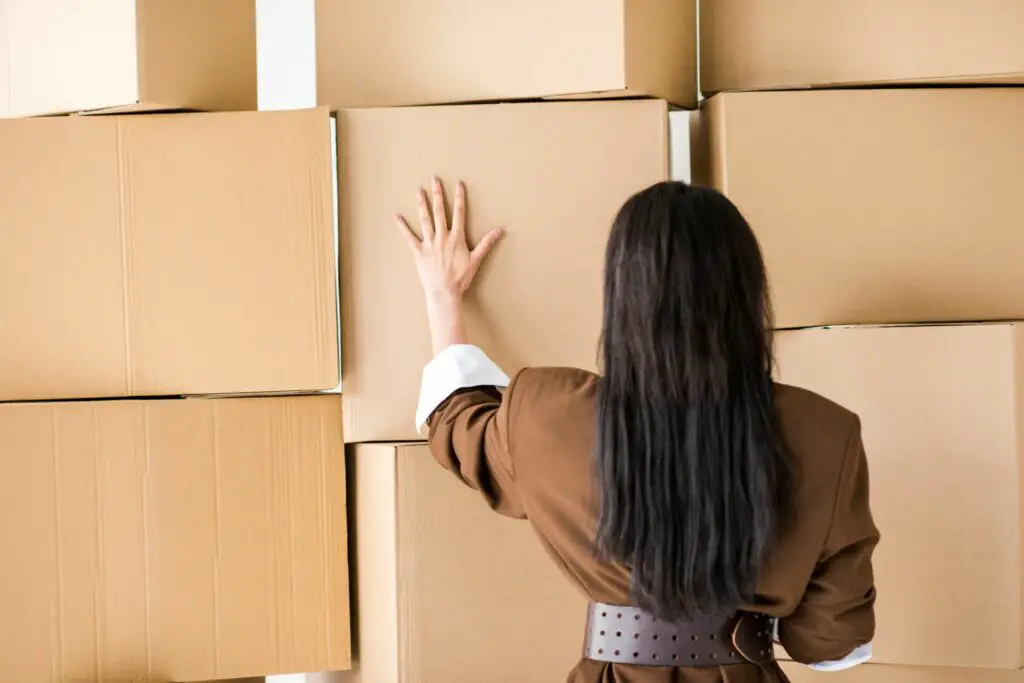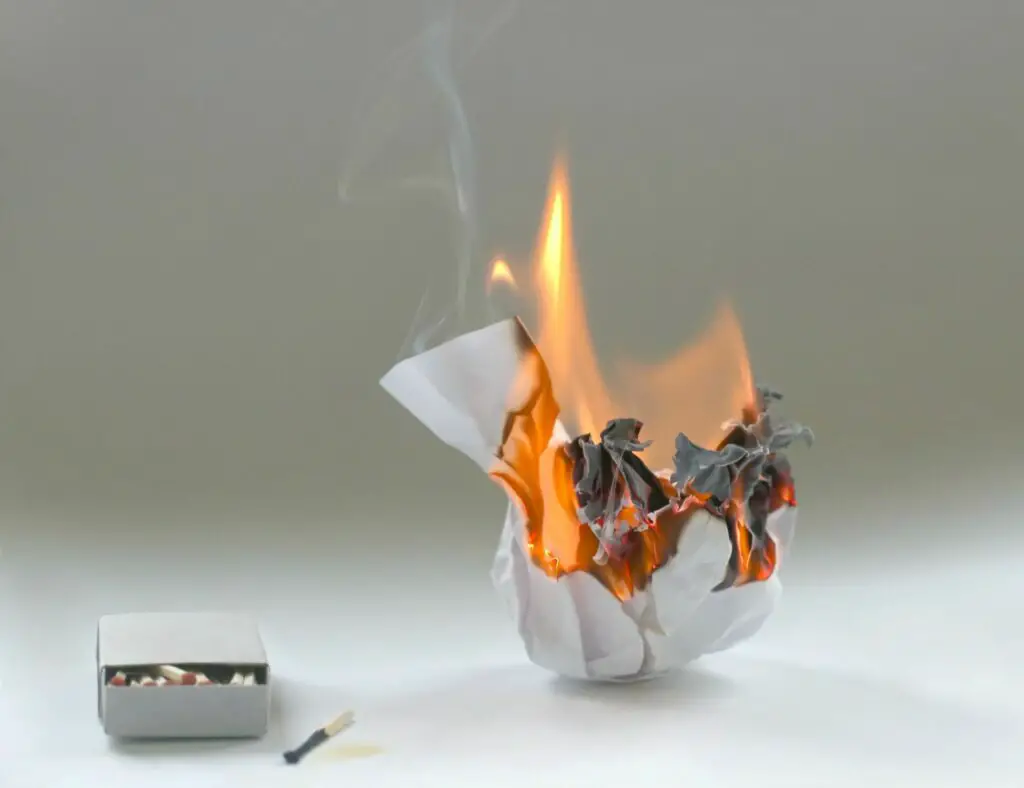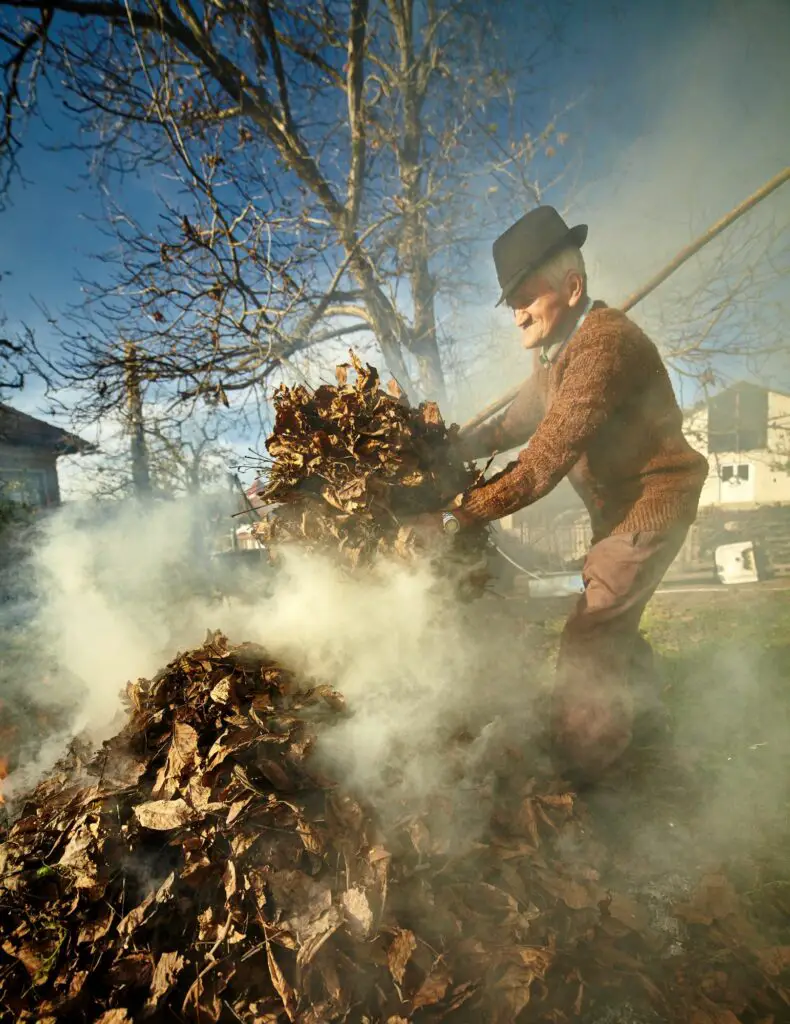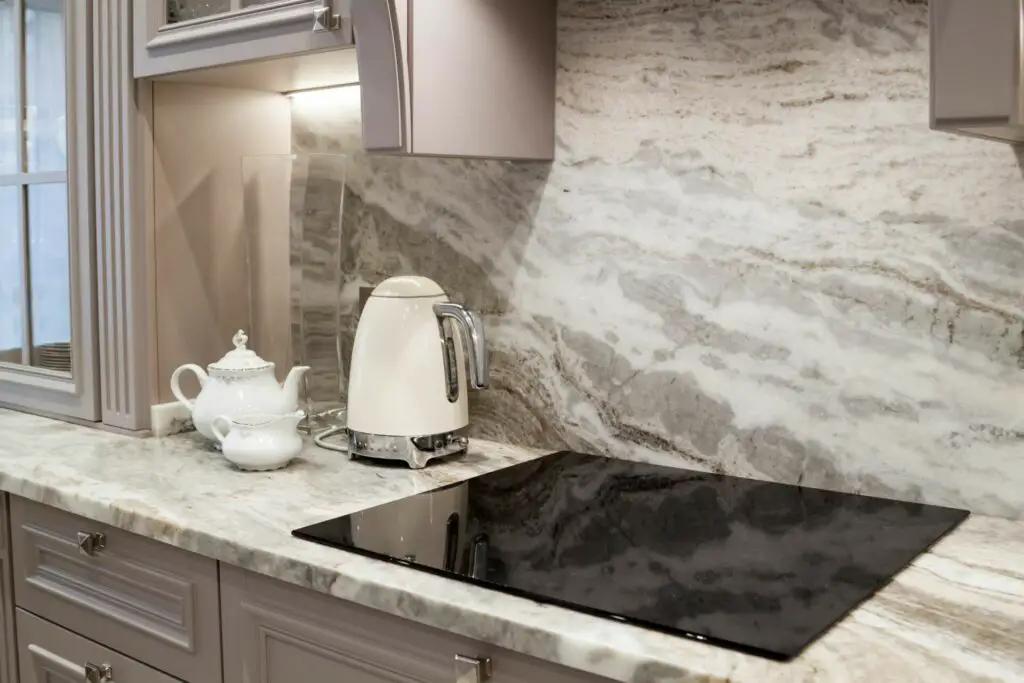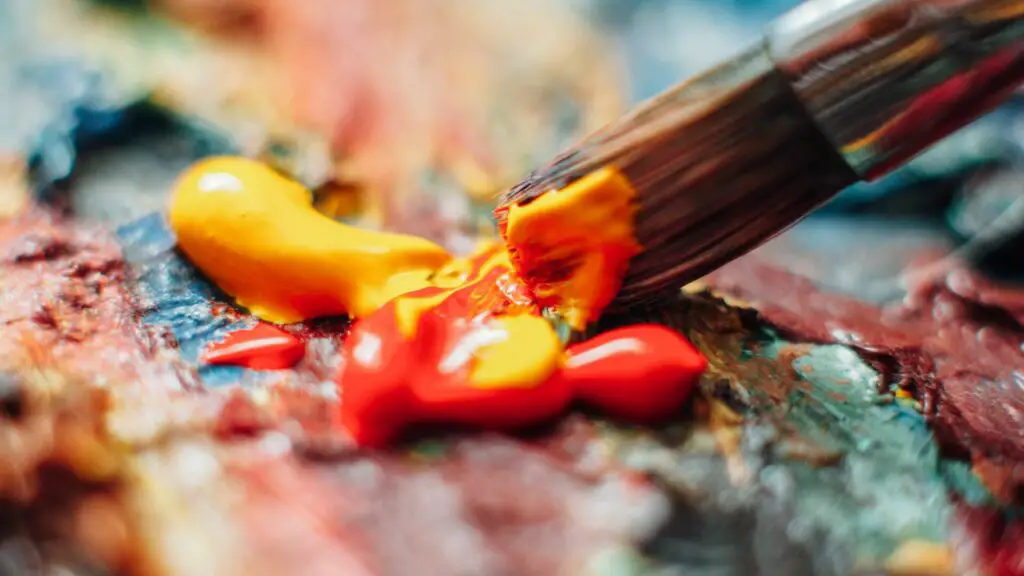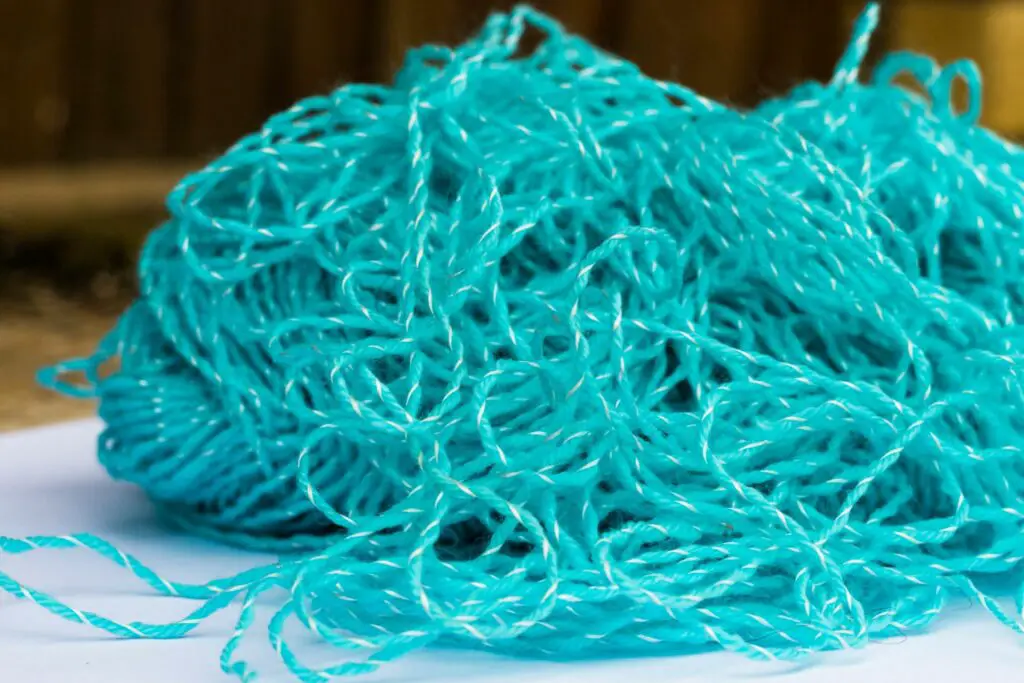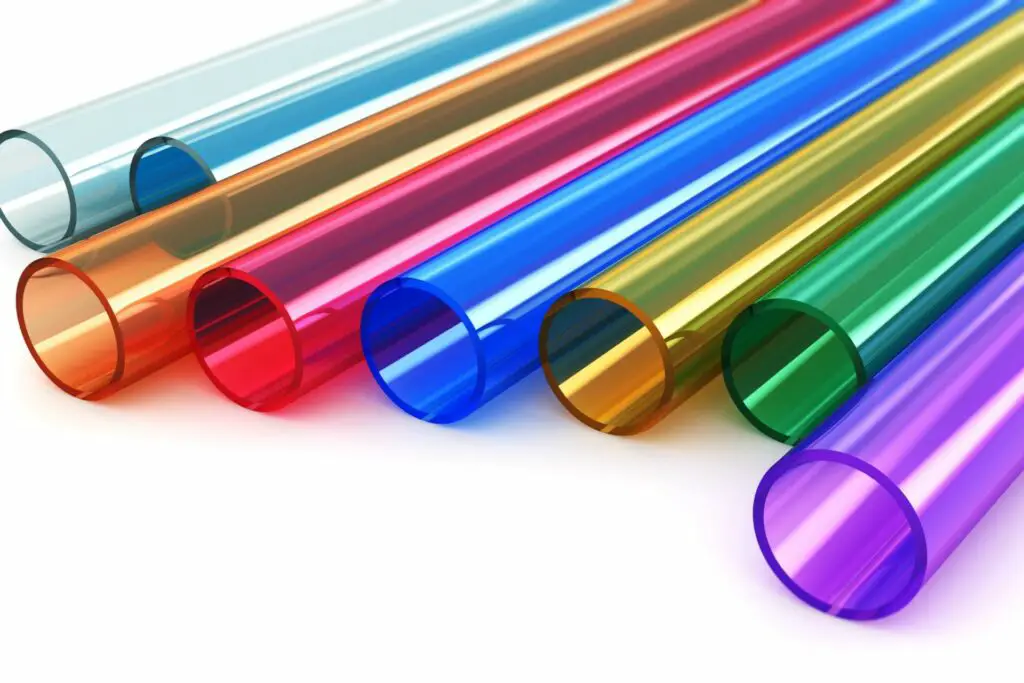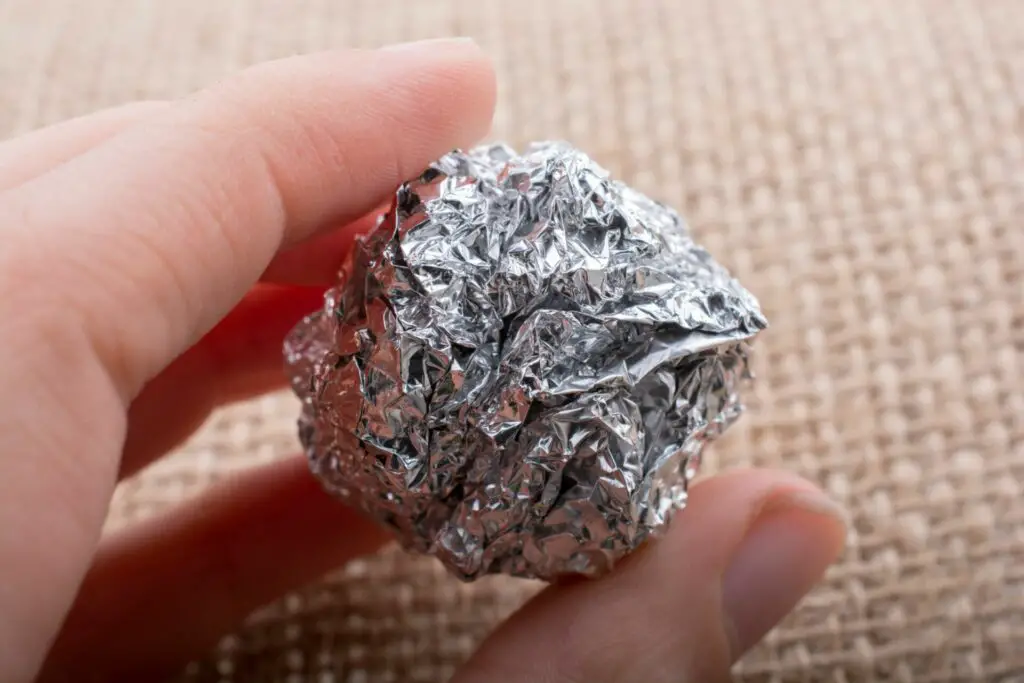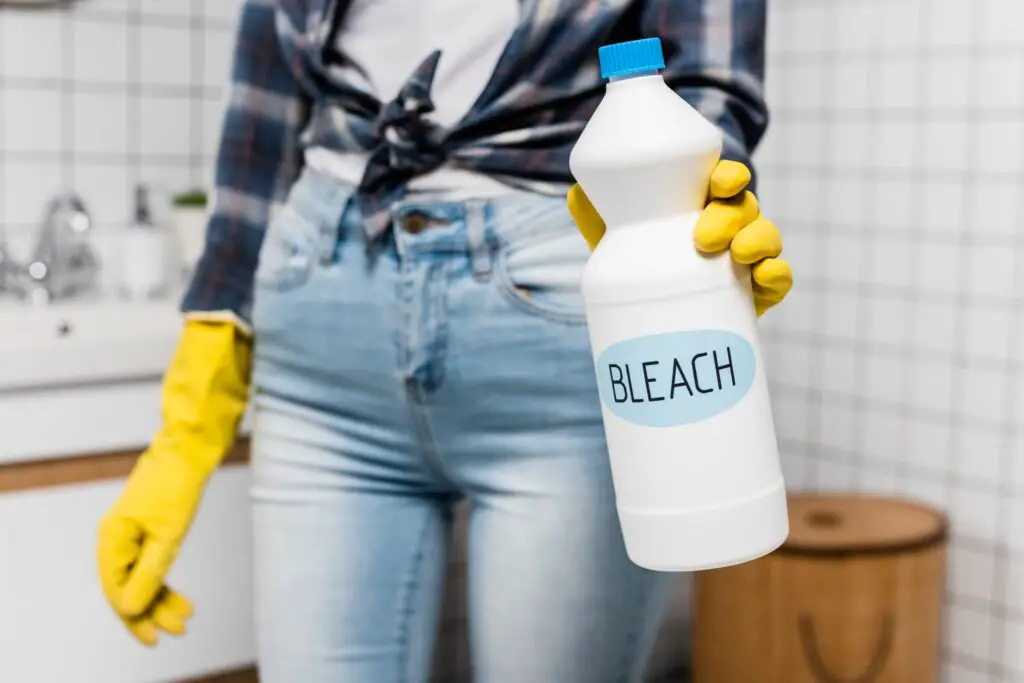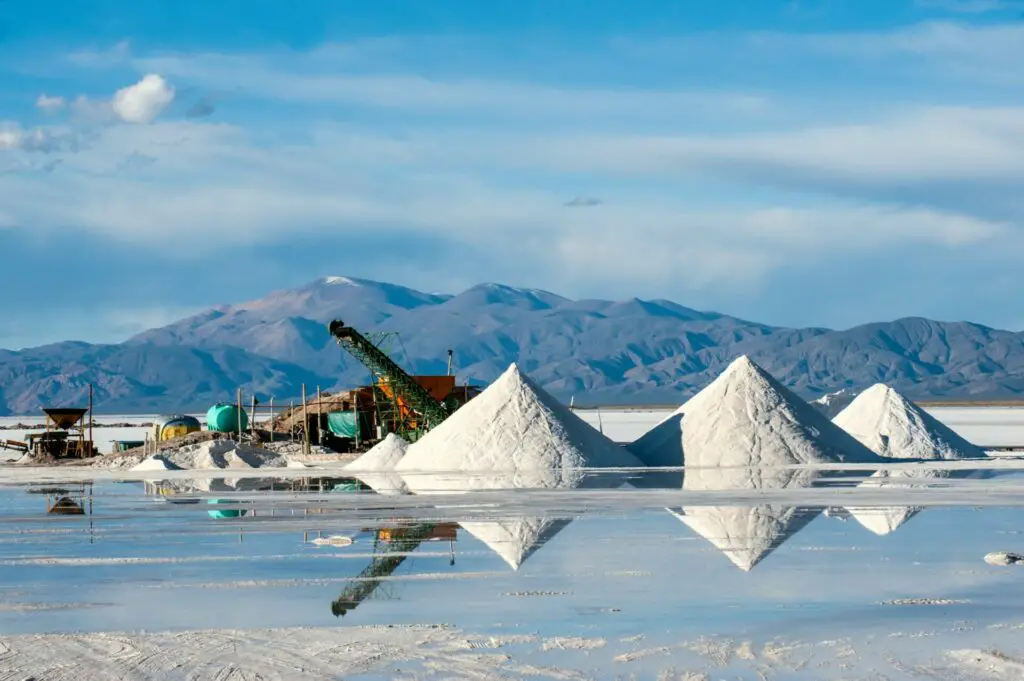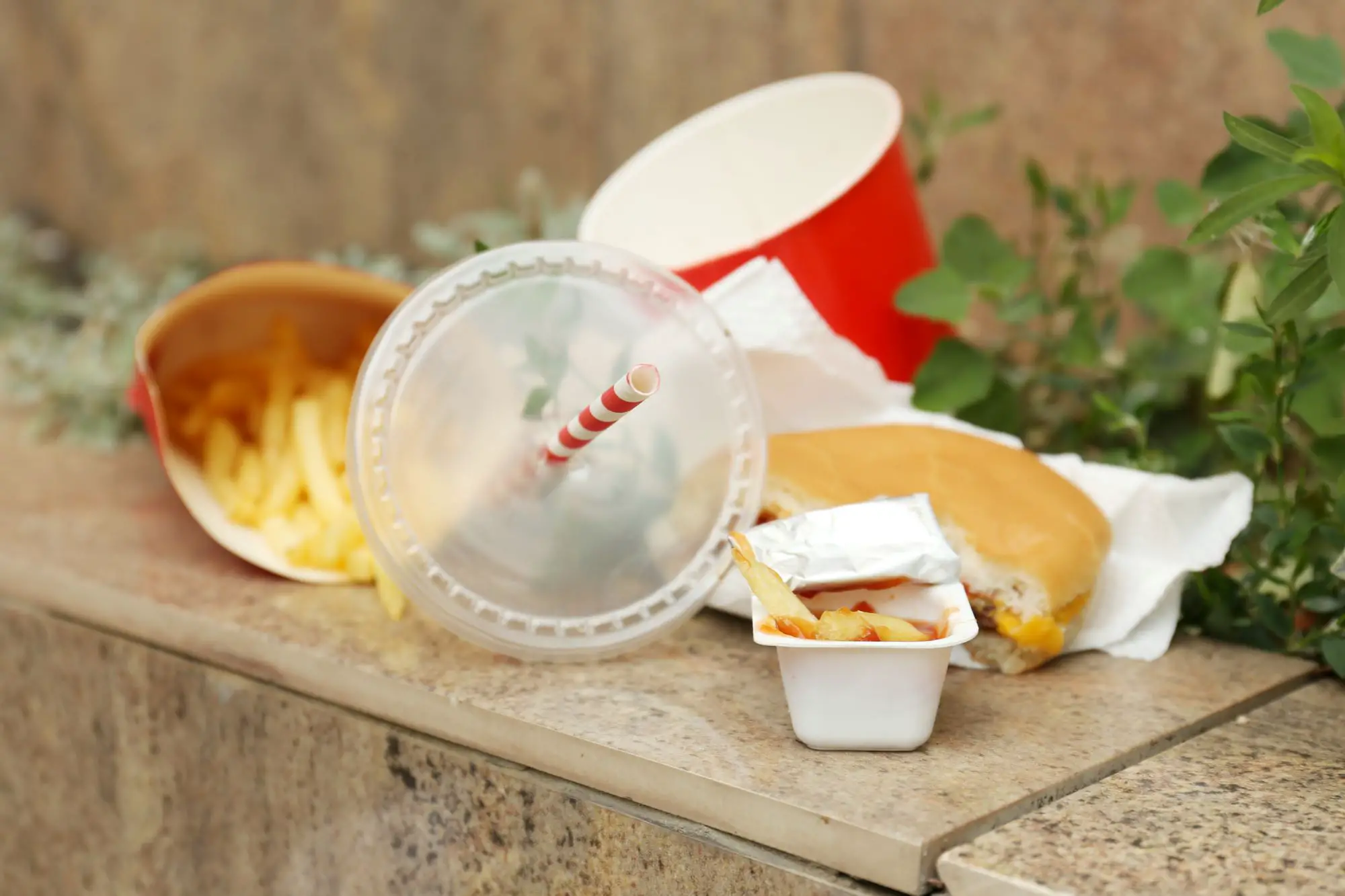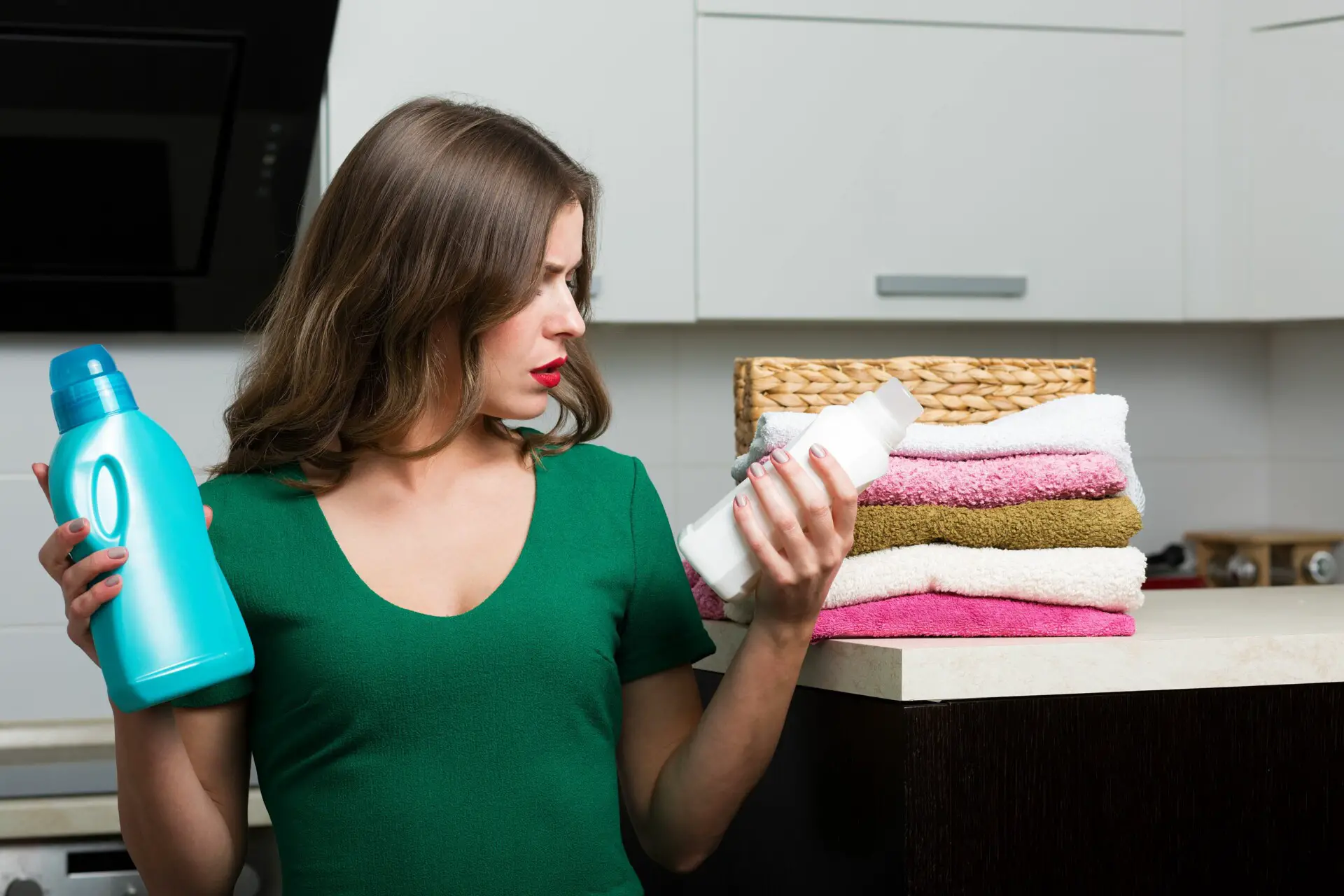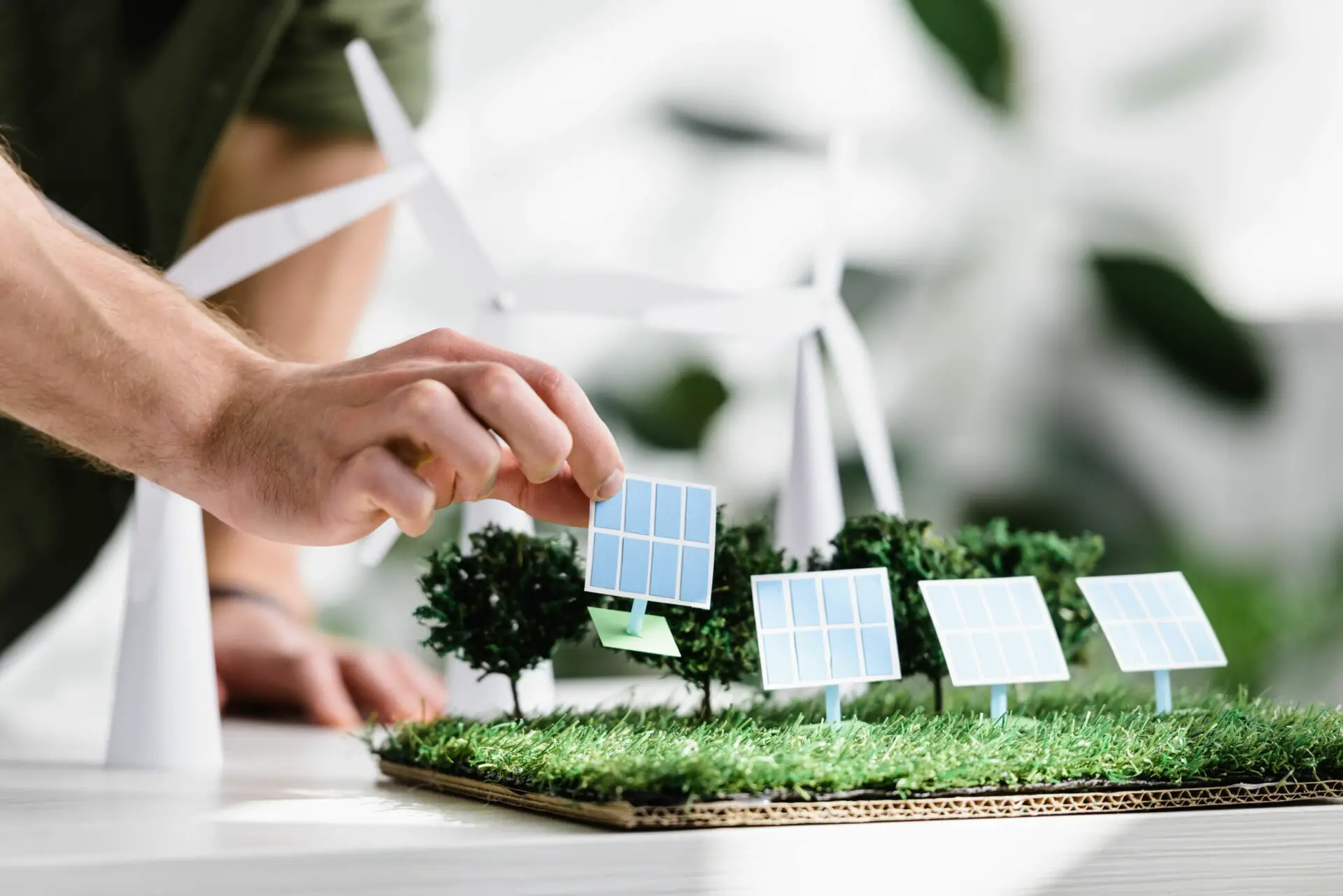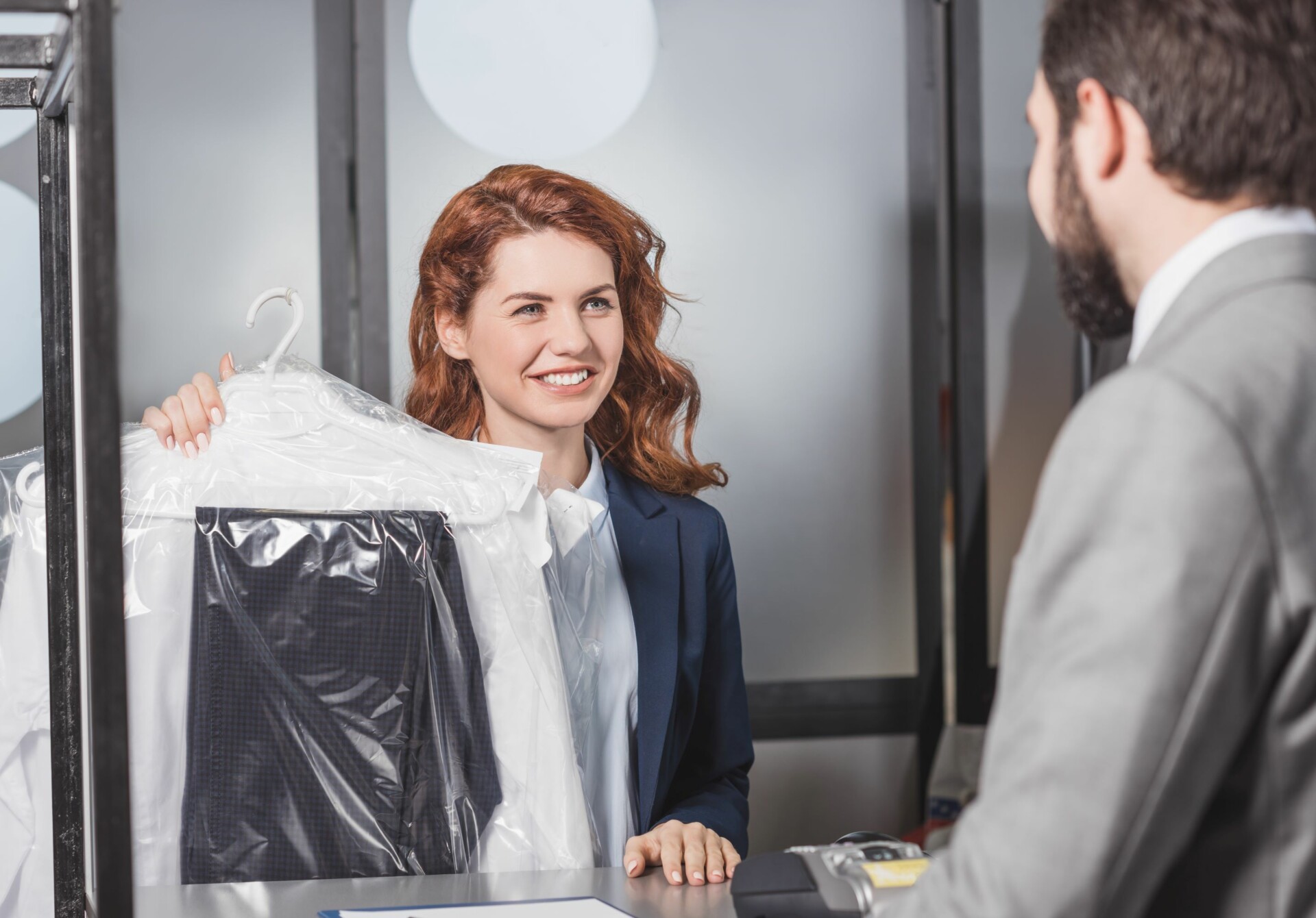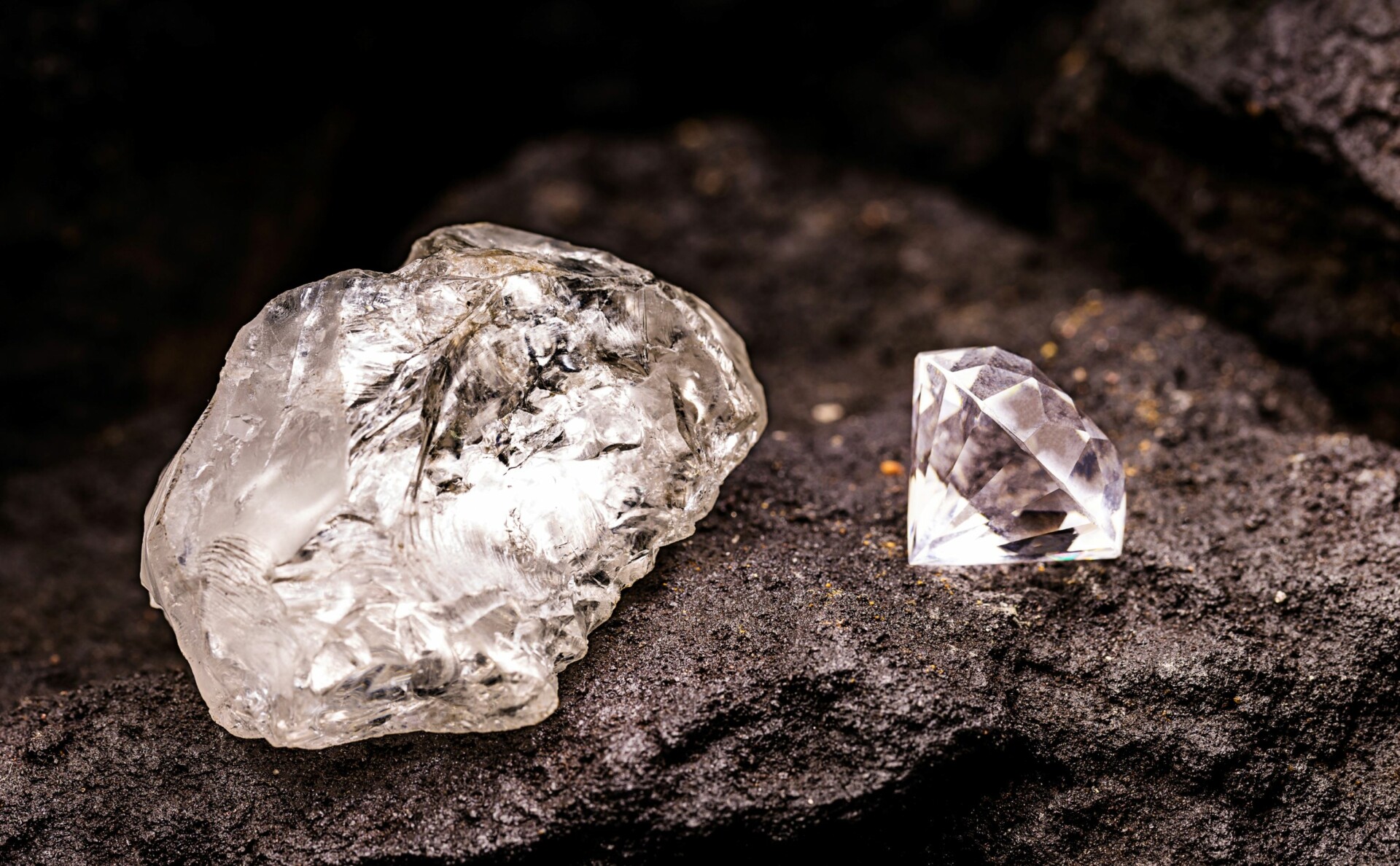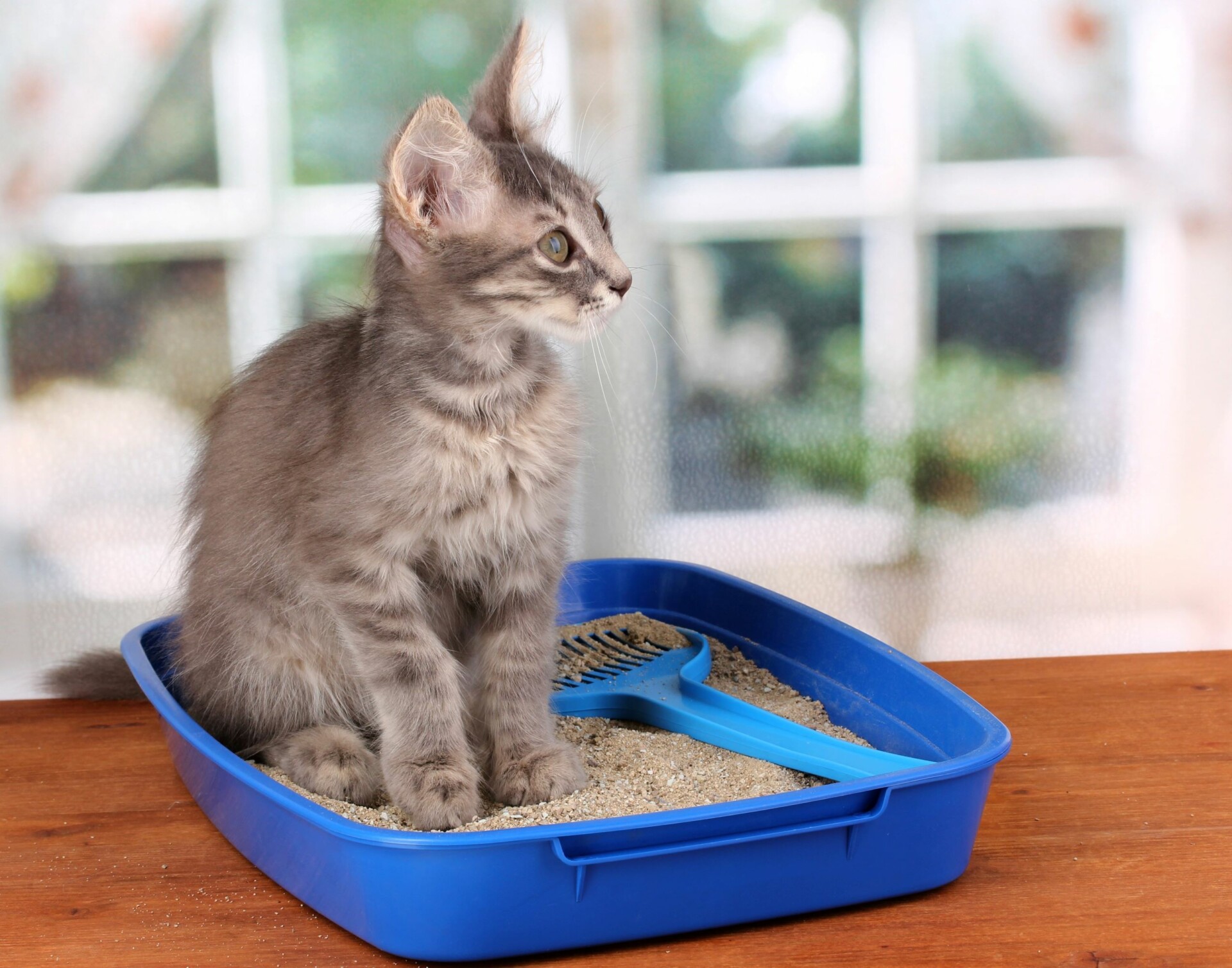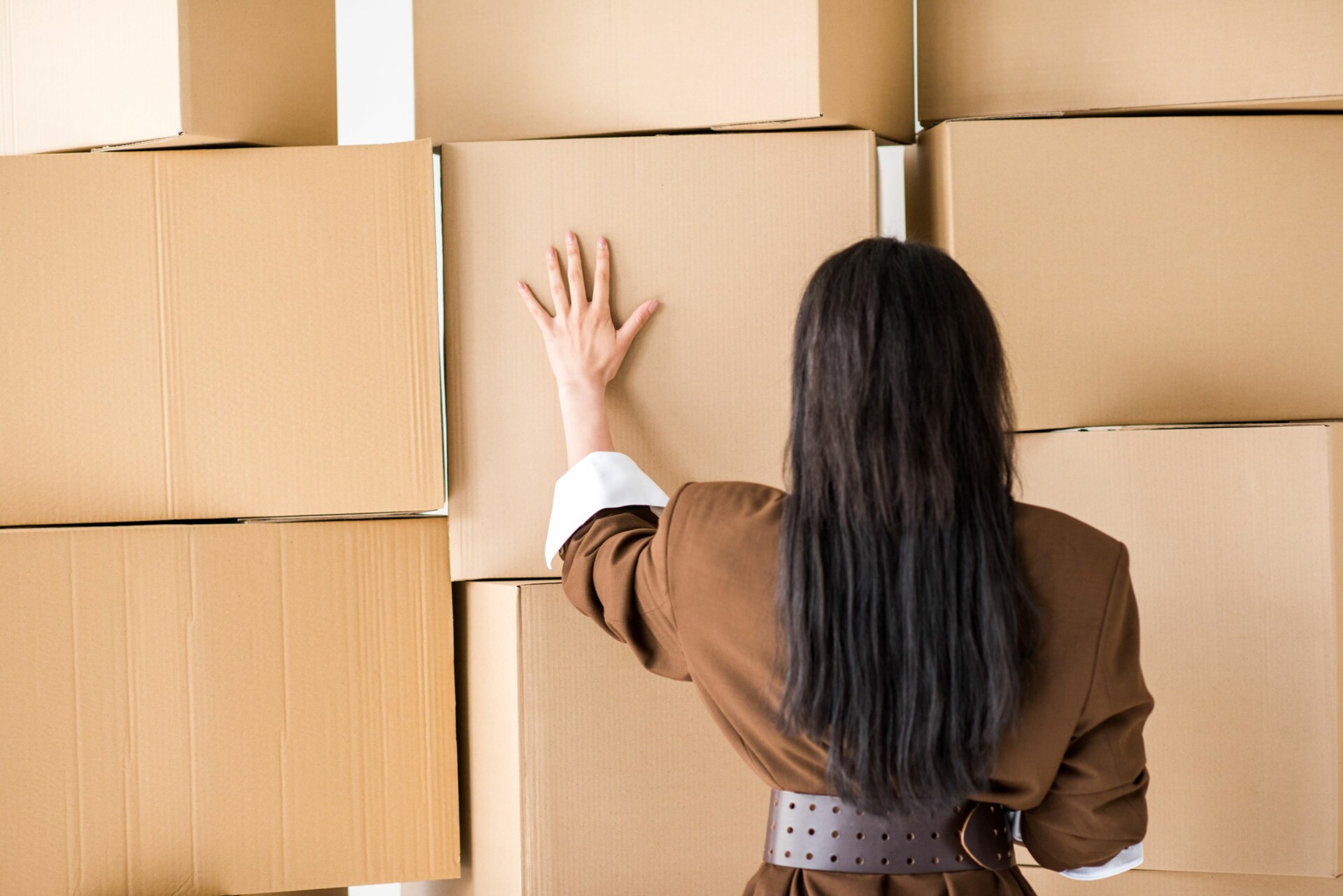Indoor gardens are a great option for people who are short on space, or those who live in colder climates.
Many apartments, condominiums, or townhomes don’t have the luxury of a large outdoor space with which to grow plants.
Cold climates also limit the kinds of fruits, vegetables, or flowers that you can plant outdoors.
Many people who are in one of these scenarios turn to indoor gardening, but they have concerns about the cost.
Whatever your reason for wanting an indoor garden is, you’re sure to have a lot of questions about the cost, limitations, and advantages of indoor gardening.
In this article, we’ll discuss whether or not indoor gardening is cost effective and if it’s a viable option for you.
We’ll also discuss some of the options you have for an indoor garden and how to create one that is cost effective. Keep reading to learn more.
What Can I Grow In An Indoor Garden?
The easiest things to grow in an indoor garden are vegetables and mushrooms.
Unfortunately, fruit does not grow well indoors because of the height and space needed for them to thrive.
The best types of vegetables that grow indoors are root vegetables, leafy vegetables, and herbs.
Mushrooms can also be grown indoors, but don’t require as much care as vegetables and herbs do.
Root Vegetables
Root vegetables don’t require a large amount of space for their root system because the root is the vegetable. They will also grow well under grow lights.
Some examples of root vegetables that are easy to grow indoors include:
- Beets
- Carrots
- Green onions
- Radishes
Leafy Vegetables
Growing leafy vegetables indoors is a great way to make sure you have fresh produce for salads or other meals.
Like root vegetables, leafy vegetables grow very well under grow lights.
The edible portion of leafy vegetables does grow above the soil, but they usually don’t get large enough to take up a lot of room.
This is why leafy vegetables are a great choice for growing in compact spaces.
The only downside is that some varieties of leafy vegetables do need a lot of water, so it’s important to have a good watering system in place.
Examples of leafy vegetables that you can grow indoors include:
- Kale
- Lettuce
- Microgreens
- Mustard Greens
- Spinach
Herbs
Herbs provide seasoning for food and are some of the most popular plants that are grown indoors.
This is because they don’t take up a lot of space and don’t require a lot of special equipment to grow them.
A sunny window and a watering can are all you need to grow herbs indoors successfully.
If you don’t have a sunny window, they also grow well under growl lights.
Examples of herbs include:
- Basil
- Chives
- Cilantro
- Oregano
- Parsley
- Sage
- Thyme
Mushrooms
Mushrooms aren’t everyone’s cup of tea, but for people who do like them, they are easily grown indoors.
Mushrooms make a great addition to soup, or you can cook them as a side dish.
The popularity of growing mushrooms indoors is increasing, so much so that there are kits available that provide everything you need.
Mushrooms also grow very quickly, and can be ready for you to eat in as little as a couple of weeks.
Is Indoor Gardening Cheaper Than Outdoor Gardening?
Usually, indoor gardening does tend to be cheaper than outdoor gardening.
There are a few reasons why this is the case.
1. Less Space
With indoor gardens, you typically have less space to grow plants than you do in an outdoor garden.
Less space means that you don’t have room to buy as many plants as you do with outdoor gardening.
Depending on the size of an outdoor garden, the cost of plants can add up quickly.
But if you only have a certain amount of space, you will only be buying what you have room to grow.
2. Plant Limitations
With indoor gardening, you are also limited to the types of plants you can grow.
Outdoors, you can plant fruits, vegetables, herbs, and even flowering plants. Indoor gardens usually only consist of vegetables and herbs that are used for food.
Seeds, or even already established vegetable and herb plants that can be grown indoors tend to be cheaper than the varieties of fruits and vegetables that need to be grown outdoors.
3. Equipment
Outdoor gardening requires a lot of tools, depending on the size of your garden.
For outdoor gardening, required tools can consist of:
- Gloves
- Trowel/Shovel
- Pruning tools
- Cultivator
- Wheelbarrow
The cost of this equipment can add up, not to mention the cost of watering systems if you live in a drier climate.
You will also need to figure in the cost of anything you need in order to modify the soil to make it more suitable for plants.
With indoor gardening, you usually only need containers, gloves, a trowel, and indoor or garden soil.
The most expensive parts of indoor gardening will be grow lights and watering systems, but only if you find that those are things that you need.
Is Indoor Gardening Cheaper Than Buying?
There are some vegetables that are difficult to grow indoors, and of course most types of fruit can’t be grown indoors.
But, indoor gardening can be cheaper than buying, especially if the types of vegetables and herbs that can be grown indoors are those that you would buy a lot of anyway.
Vegetables that are cheaper to grow include:
- Green Beans
- Herbs
- Lettuce
- Okra
- Squash
- Tomatoes
- Zucchini
Of those vegetables, only lettuce and herbs can typically be grown inside.
Lettuce and herbs typically grow very abundantly, so by buying seeds and growing them indoors, you can potentially save a lot of money depending on the price of them in stores where you live.
What’s The Cheapest To Grow Indoors?
Herbs are some of the cheapest plants to grow indoors, particularly herbs like basil and thyme which are very bountiful.
Seed packets for individual herbs can cost as little as $2 or less, while variety packs can cost as low as $10.
The cost of growing herbs is even less if you have a sunny window because you won’t have to buy artificial lighting in order for them to grow.
Carrot and lettuce seeds are also very inexpensive, with seed packets costing around $5 or less, although you’re likely to get more usable produce from lettuce than you will with carrots.
What Are The Main Costs Of Indoor Gardening?
The main costs of indoor gardening are the plants or seeds, and the equipment needed in order for them to grow successfully.
1. Plants
When choosing which plants to grow, you can choose from either seeds or already established plants in containers.
Plants in containers have already sprouted and started to grow, so all you will need to do is plant them in soil.
If you choose to grow your plants from seeds, you will likely need to purchase seed starting kits in order for the seeds to sprout.
2. Containers
You will also need containers to grow the plants in. The cost of containers will vary depending on what you need.
Different types of plants require different containers. Herbs can usually grow in divided containers, but certain vegetables may require individual containers.
Some containers may also require more drainage than others. It’s important to do thorough research beforehand so that you don’t buy the wrong containers.
3. Soil & Fertilizer
The type of soil that you use for your plants is important. There are different types of soil that are needed for different types of plants.
Research the type of soil you need beforehand. If you’re unsure, an all-purpose potting soil is a good choice.
Some plants may also require fertilizer in order to help them grow better, but the type and amount just depends on the plant.
4. Grow Lights
One of the downsides to indoor gardening is the absence of natural sunlight.
Some plants require a lot of light, and purchasing grow lights is the way to provide plants with the light they need.
Grow lights are usually one of the biggest expenses when it comes to indoor gardening.
5. Watering Systems
As with everything else, different plants require different amounts of water.
Watering systems are the best way to make sure that your plants get the right amount of water.
There are different kinds of watering systems. Purchasing them is also another large expense.
If you opt for a hydroponic system instead of soil, this also creates a large expense.
Are Some Types Of Indoor Gardening Cheaper Than Others?
There are two main types of indoor gardens: those that require soil and those that rely on hydroponics.
Soil is a great way to provide moisture and nutrients to plants, but it can sometimes be hard to find the perfect balance.
Plants also grow more slowly in soil, and sometimes soil can harbor pests.
With a hydroponic system, you can grow plants indoors without the use of soil. Hydroponic systems are great for use in small spaces.
Hydroponic systems provide plants with the nutrients and water that they need. Plants do tend to grow faster in hydroponic systems than they do in soil.
The downside is that hydroponic systems are more expensive than soil and they require a power supply, which will increase your energy costs.
If your hydroponic system isn’t used correctly for the type of plants you have, it can affect the plants negatively.
What Are The Main Differences Between Indoor & Outdoor Gardening?
Climate Control
Outdoor gardens can be affected by rain, snow, freezing temperatures, and drought; all things that could be potentially harmful to plants.
With indoor gardens, you have the advantage of being able to control the climate.
You don’t have to worry about plants getting too much or not enough sunlight and water. You control the elements that are necessary for your plants’ survival.
Pests & Diseases
Indoor gardens are also less susceptible to pests and diseases.
Pests and diseases can both kill your plants, and there are far less of them to worry about indoors.
There are all kinds of pests and diseases that can affect your plants outdoors. One of the only ways to prevent this is to treat your plants is with pesticides.
Space
Outdoor gardens have the advantage of space. Even if you only plant a few vegetables, you can plant more of them outdoors to increase your harvest.
With indoor gardens, you are limited as far as the amount of space you have to plant things.
There are ways to increase your space, but you can still only plant a small selection of vegetables.
Types Of Plants
Indoor gardens are great for growing herbs and vegetables, especially those that you use a lot as a food source.
However, there are limits to what you can grow indoors. Outdoor gardens create more space to grow a wider variety of plants.
Not only can you grow more types of vegetables outdoors, but fruits as well, which lowers the amount of produce you have to buy.
Some people prefer to grow flower gardens instead. Flower gardens are usually best grown outdoors.
Lighting
Outdoor gardens have the advantage of receiving plenty of natural sunlight to help them grow. They not only receive sunlight outdoors, but Vitamin D as well.
However, you have to be careful when planting outdoors because some plants can get too much sunlight.
Indoor gardens often rely on artificial lights in the form of grow lights, but only some types of grow lights produce Vitamin D in the plants.
One of the advantages of using grow lights is that you can control the amount of light your plants receive.
Soil
Outside, there are many different types of soil depending on where you live.
Soil isn’t one-size-fits-all. Different plants rely on different soil characteristics.
With outdoor gardens, you may have to make modifications to the soil in order for your plants to grow well.
When you have an indoor garden, you can buy packaged soil specifically for the type of plants you want to grow.
Or, you can rely on a hydroponic system, which doesn’t rely on soil at all.
8 Tips For A Cost Effective Indoor Garden
1. Grow Only What You Need
In order for your indoor garden to be cost effective, you need to grow only what you need or only plants that you eat a lot of.
Growing plants that you don’t like or won’t end up using is a waste of money and space.
You can use the extra money to grow more of the plants that you’ll actually use.
2. Buy Seeds
Opting for seeds instead of established plants is a great way to save money. One seed packet can contain dozens of seeds, which you can store for next year.
If you buy container plants, you can expect to spend more money because you’re paying for the convenience of not having to start the seeds yourself.
3. Reuse Egg Cartons
While they may not cost very much, buying seed starting kits is an added expense if you plan to start your plants from seeds.
For a more cost effective option, you can reuse egg cartons as seed starters.
4. Repurpose Old Containers
If this isn’t your first time gardening, you can reuse old containers instead of buying new ones.
Even if it is your first time creating an indoor garden, there are plenty of things around the house that you can use to contain your plants.
Think milk jugs or cartons, wooden storage boxes, etc. You may have to make a few modifications to them, but there are tons of things you can use if you get creative with it.
You can also reuse containers to build your own hydroponics system.
5. Buy Used Equipment
If you do need to buy containers, check out thrift stores or yard sales where you can buy plant containers for cheap and then use them again later.
Also, if you are using grow lights or watering systems, consider purchasing used ones as well.
These items are the most expensive parts of indoor gardening, so buying used ones online can save you money.
Just do your research first, and make sure that whatever used equipment you’re buying actually works before you purchase it.
6. Reuse Water
Collecting rainwater from outside is a great way to give your plants water that will help them thrive.
Another way to reuse water is to recycle any water that you used for boiling eggs or vegetables.
Water that has been used for boiling vegetables or eggs has the nutrients from whatever was boiled in it. Reusing this water returns those nutrients to the plant.
7. Grow New Plants From Leftovers
Some plants can be regrown using leftovers from previous plants, although sometimes this can take time.
When growing lettuce, for example, you can save the heart and use it to grow a new plant.
All you have to do is put the heart into a bowl of water and wait for new leaves to sprout.
You can also research other plants that can be regrown using parts of existing plants.
8. Swap Seeds & Plants
Seed and plant “swaps” are a great way to save money.
Seed packets usually have more seeds than you actually need, so you can trade any unused seeds with other people to save money.
Plants and cuttings from plants can also be swapped. You can use the cuttings to grow your own plants.
Conclusion
Indoor gardens are a great way to grow your own food, especially if you’re short on space.
If you reuse and repurpose as much as you can, indoor gardening is very cost effective.
Even if you do need to buy equipment such as a grow light or watering system, this is still cheaper than the amount of money you would spend on outdoor gardening equipment.
For many people, not having to buy as much fresh produce from a store makes the cost of indoor gardening well worth it.
You Might Also Like…
- Is Fast Food Bad for the Environment? (& What You Can Do)
- Is Fabric Softener Bad for the Environment? (+5 Eco-Friendly Options)
- Is Fuel Dumping Bad for the Environment? (& How Often It Happens)
- Is Electricity Generation Bad for the Environment? (What You Should Know)
- Is Dry Cleaning Bad for the Environment? (4 Surprising Facts)
- Is Diamond Mining Bad for the Environment? (Important Facts)
- Is DEET Bad for the Environment? 4 Effects (You Should Know)
- Is Cat Litter Bad for the Environment? (5 Common Questions)
- Is Burning Cardboard Bad for the Environment? (6 Facts)
- Is Burning Paper Bad for the Environment? (6 Surprising Facts)
- Is Burning Leaves Bad for the Environment? (7 Quick Facts)
- 4 Natural Cleaners for Quartz Countertops
- 6 Eco-Friendly Acrylic Paint Brands (For Sustainable Artists)
- 5 Eco-friendly Alternatives to Acrylic Paint (& How to Make Them)
- Is Acrylic Paint Bad for the Environment? (7 Quick Facts)
- Is Acrylic Yarn Bad for the Environment? 8 Crucial Facts
- Is Acrylic Bad for the Environment? (8 Quick Facts)
- Is Aluminum Foil Bad for the Environment? 7 Quick Facts
- Is Bleach Bad for the Environment? 6 Crucial Facts
- Is Lithium Mining Bad for the Environment? 6 Crucial Facts

